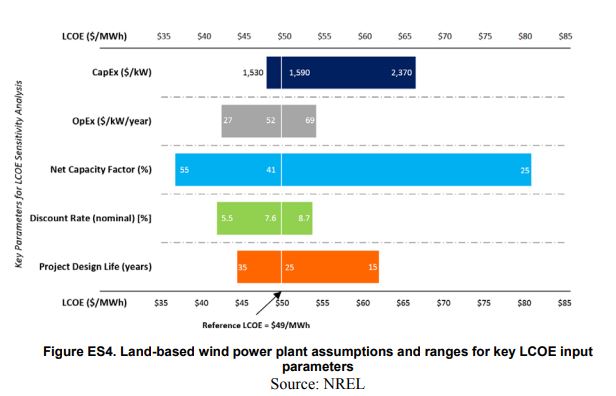part 2 in a series imagining the participants at a 'Comic Con' like convention for reducing greenhouse gas emissions. The first post was ECO communication"Assume I'm an economist..."
Way back when I began the second post to this blog with that ask. Over seven subsequent years of research, data analysis and communicating on electricity supply, emissions, and markets, I've since revised my perspective.
A man walks into a Doctor's office and says, "Doc, it hurts all over when I do this."
The doctor prescribes of a Pigouvian tax.
 |
| graph from Wikipedia |
"Canadians do care about climate change but they also care about the economy... until Canadians are presented with a solution that makes sense for both the environment and the economy they are not going to put this at the top of their list.
Carbon pricing is that solution."
As they say outside the hallowed halls, "to a hammer everything looks like a nail."
I am going to rebut the evidence supporting the "Carbon pricing is that solution" claim, while recognizing why there could be roles for economists to play following the introduction of The Paris Agreement.
I realize a credibility gap probably exists as the Ecofiscal Commission is stacked with prominent names whereas I am known by far fewer and often as an opponent of "green" energy - and/or a proponent of nuclear energy. To encourage reading on I'll note Ontario has greatly lowered its emissions since I began blogging - a fact which need not be credited to me to any extent, but it also has much less generating capacity from "green" energy, and more from nuclear, than was planned at when I started arguing for retaining nuclear and halting the wind and solar subsidies.[1] Certainly many names from Ecofiscal are recognizable, but I recognized none as being active and influential where emissions have been significantly reduced.



